Last Updated: March 29, 2024
Last Updated: March 29, 2024
One of the best things about visiting Japan for the first time is immersing in its world of advertisements — whether it’s fully-fledged, big brand celebrity-endorsed TV commercials or succinct yet high-impact 15-second spots. Even if you’ve never had an interest in ads your whole life, there’s something so captivating about the way the Japanese do them.
Yet, while there’s a lot that seems bizarre and unusual, sometimes for the sake of it, there’s a science to the way companies produce and share branded communications in what is one of the biggest and most mature advertising sectors in the world.
We explore some of the most interesting aspects of advertising in Japan and outline a few key strategies you can use if you’re in the process of conceiving, commissioning, or producing your own ads for the local market here.
Table of Contents
- How big is advertising in Japan?
- What’s so different about advertising in Japan?
- Soft sell vs. hard sell advertising in Japan
- Key strategies used to advertise in Japan
- Japan Advertising Expert on Strategies & What’s Next
- How to advertise in Japan – practical steps for foreign brands
- Final tips!
- Advertising in Japan FAQs
- Steal some of our best ideas
How Big is Advertising in Japan?
Japan has the third largest advertising sector in the world with expenditures slightly surpassing 46 billion dollars, next to only the US and China. Advertising through television, newspapers, magazines, and radio played a huge role in Japan’s economic development over the second half of the 20th century.
In particular, TV broadcasting has laid the foundation for what is now one of the world’s most advanced and mature mass-consumption societies in the world. Even today the dynamics between huge national brands, on-screen celebrities and icons, and giant media companies like Dentsu, the country’s largest advertising agency, are still very much entrenched.
More recently, however, Japan’s digital advertising sector has blown up despite initial reluctance to move away from traditional media forms. The country is now the fourth biggest digital advertising spender globally, behind only the US, China, and the United Kingdom.
A major driver behind this is the dominance of social media in people’s lives today, with 2 in 3 Japanese citizens active on social media platforms, 9 in 10 having access to the internet, and the average person owning 2 mobile devices!
Advertising Sector Size vs Population
| Country | Expenditure in Billion USD | Population |
| United States | 242.54 | 1,439,323,776 |
| China | 87.53 | 331,002,651 |
| Japan | 46.63 | 126,476,461 |
| United Kingdom | 29.01 | 67,886,011 |
| Germany | 24.08 | 83,783,942 |
Source: Statista & Worldometer
What’s So Different About Advertising in Japan?

There’s a certain amount of Western, or at least global, standardization taking place when it comes to advertising approaches. This is partly due to the dominance of many brands originating from the US or Europe and their approach to global branding and communications.
Whether you’re in the Philippines or Norway, many companies, especially those with international brand presence, will use similar communication methods and centralized brand messaging that tap into almost universal wants and desires that transcend borders.
Yet, Japanese advertising still stands out as being exceptionally quirky, unusual, and often just different to what we’re used to. So while you might see exactly the same brands in Tokyo as you do in New York or London, like Adidas or Nike, their ad content will sometimes take a completely different route for the Japanese market.
A few standout elements in Japanese advertising are:
| Cuteness | Many brands put out ads that portray a kind of cute vulnerability that consumers find touching. It’s almost the opposite of the strength of masculinity you find in many US adverts, especially for the automotive industry. Instead, Japanese ads showcase characteristics like shyness, vulnerability, animal adorability, childlike innocence, and even neediness to create that all-important connection with consumers. |
| Detachment from reality | Fantasy elements that are somewhat detached from reality are incredibly popular in Japanese advertising. This is made more possible by people’s appetite for animation and manga, where pretty much any kind of scenario can be illustrated by talented Japanese graphic artists. |
| Symbolism and seasonal marketing | Japan’s national holidays and seasons often influence the approach taken by advertisers. In a highly homogenous high-context nation with distinct periods of celebration, linking promotions, commercials and even product development with seasonal themes is a popular and effective approach. |
Interested in Learning More About Japanese Advertising Styles?
Soft Sell vs Hard Sell Advertising in Japan

Japanese brands prefer strategies that sell their products without being too pushy. Hard sell tactics, where companies come right out and tell you why you need to buy their product or the several reasons their latest model beats competitor offerings, aren’t popular in Japan.
Instead, advertisements focus on delivering a kind of rewarding experience to viewers, which can be completely abstract to any particular product or service feature. Many refer to this as soft-selling and it’s a core concept that many ad campaigns in Japan are built around. And once you get your head around this, it’s much easier to see why Japanese ads often look and feel quite different.
Essentially, brands are focused on delivering something unique or atmospheric that people can experience and hopefully enjoy, without actually mentioning their product overtly. Some argue this is a way to respect the consumer rather than intrude on their space in a culture that hates confrontation.
HB Pro Tip: Japanese consumers still appreciate high levels of technical content and information, but the way this is portrayed is more transparent and upfront, rather than embellished with exaggerations. Also, you’ll find more technical content about product features in specific spaces, such as product pages on websites and e-commerce platforms, leaving brand awareness ads to offer a more abstract approach to attracting people’s attention.
Key Differences – Hard Sell vs Soft Sell
| Soft Sell | Hard Sell |
| Use of music, colors, symbols, aesthetics, and narratives that build a special mood and atmosphere, which may create a positive feeling in the viewer and hopefully a positive association with a product or brand. | Use of logical arguments, data, facts and product information related to a product or market in order to persuade an audience into making a purchase. |
| Particularly effective in “high-context” cultures like Japan where people have a deeper shared understanding about topics and ideas, meaning you don’t need to explain basic concepts quite as much. | A popular in “low context” cultures like the US with a huge diversity of cultures and ideologies, sometimes requiring longer messages and more direct descriptions to fully explain key messages and selling points. |
| Unwillingness to compare a brand or product with another brand, or even to suggest market dominance in an obvious way, due to the risk of seeming overconfident, impolite and rude. | Willingness to directly compare one product with another and directly mention or shame competitor brands and products. |
Things like color can play a massive role in all kinds of advertising and branding-related contexts in Japan. For instance, when we advised one of our clients, DailyFX, to rethink their brand guidelines for the local market and introduce a more casual and colorful design approach, they were able to see an increase in Instagram followers by 30% MoM, as well as an increase in their engagement rate by16.3% MoM!
Do People Like Adverts in Japan?
Perhaps for many of the reasons above, with Japanese adverts designed to be more engaging and interesting, the reception of ad content here is much better than in many other nations like the US where advertising and marketing often inspire irritation and frustration in consumers.
Dancing Black Cats in Suits for Yamato Transport

This campaign from Yamato Transport is a great example of what we’re talking about. As one of the largest delivery and commercial transportation companies in the nation, there’s no need for the brand to showcase its core features or even really show anything related to its services.
Instead, a song about accidentally stepping on a cat, featuring crotch-pawing dancing felines in clubs with fangirls is enough to create an emotional connection with consumers.
Key Strategies Used to Advertise in Japan
Companies and ad agencies have heavily invested in new media platforms and ways to deliver more holistic experiences to their customers. As well as some of the more high-impact advertising approaches we’ve mentioned above, there’s a huge amount of strategy, data, and targeting that goes into any successful Japanese advertising campaign.
With more companies increasing their digital ad spending budgets, the focus has now shifted to building more rounded customer experiences that leverage everything from traditional media buying and PR to digital PPC and social media marketing.
If you’re looking to advertise in Japan, below are some priorities you should look to integrate sooner rather than later.
| Personalization | With access to more data and a better understanding of how to use it, Japanese companies and international brands advertising here are putting more focus on tailoring ad content to specific demographics and tastes. |
| Customer Experience Marketing | While Japan has always had high standards when it comes to design and functionality, the demands on brands to deliver great user experiences across several platforms simultaneously is even greater today – impacting the way brand communications and advertising fit within the overall user journey experience. |
| Video Marketing | Like in most other markets, video content dominates other forms of advertising formats in terms of engagement. Investments in video advertising and marketing have been steadily increasing in Japan and video-first platforms like YouTube and TikTok continue to capture the population’s attention. |
Learn more about the most popular and effective advertising trends in Japan in our blog: Online Advertising in Japan – 5 Key Trends and What You Can Learn From Them.
Japan Advertising Expert on Strategies & What’s Next
According to Humble Bunny’s Partner and Advertising Lead, MiloszBugajski, the future of Japanese advertising hinges on two key trends: artificial intelligence (AI) and a renewed focus on creativity.
While all ad platforms make it already quite easy for everyone to set up and launch ads even without any prior experience, everything will be moving in a direction of fast and simple ad setups to the point where users simply need to provide the landing page URL and the ad platform will take care of all the rest (ad creation, targeting, optimization – which already has started happening to a large degree). However, in Japan, this could play out in some interesting ways as companies might be hesitant to trust AI-powered ad creation and targeting resulting in being late adopters. Meanwhile, foreign companies trying to advertise in Japan will quickly discover that at this time, due to language and cultural/local psychology nuances, AI/automated ads are not enough to achieve profitability and/or scale in Japan and professional agency support will still be crucial.
The focus is already shifting (and will continue to shift) away from a targeting/media buying expertise (as machine learning and ad platform technologies are leveling the field) and will shift towards creative. The importance of exceptional creative content will rise. Advertisers with strong copywriting, design, and video production skills, or those who excel at finding the best user-generated content (UGC) and influencers, will gain a competitive edge. A/B testing will become even more critical to understand what resonates with audiences and why.
Finally, with rising advertising costs, “growth hacking” through arbitrage opportunities will become less sustainable. (In the short term it will still be possible to leverage ‘underpriced attention’ on emerging placements that are not yet flooded by advertisers for example YouTube shorts in Japan right now) Marketers will need to focus on optimizing their offerings, increasing customer lifetime value (LTV), and improving landing page conversion rates. This is especially important in Japan, where return on ad spend (ROAS) and conversion rates are already lower than in other regions such as Europe or the US.
Connect with Milosz Bugajski, Partner & Advertising Lead at Humble Bunny on LinkedIn.
How to Advertise in Japan – Practical Steps for Foreign Brands

While your needs will vary depending on your specific business and goals, below are the major options you’ll encounter when searching for the right digital agency in Japan.
1. Find an All-in-One Advertising Partners
There are many full-service agencies in Japan. Some are homegrown while others are branches of US or European agencies that have a presence here.
2. Collaborate with Multiple Advertising Agencies
As digital advertising is somewhat less developed in Japan than it is in other nations, you might find that only certain agencies are more competent in the specific areas you want to target, such as PPC and Google ads or paid social media marketing.
Sometimes, the best thing to do is work with multiple agencies that specialize in individual areas of advertising and branded communications. For instance, you could employ one agency to handle the management of your e-commerce sales, marketing, and SEO, while relying on another agency to handle media buying and traditional PR.
3. Hire a Local Marketing Manager
This option isn’t mutually exclusive from the options above, but one thing you could do is hire a local Japanese marketing manager who has existing experience running ad campaigns and have them manage relationships with several smaller agencies or even freelancers.
They might provide you with an important hub for outsourcing certain projects without building a full in-house team.
4. Work with an International Agency
Some global agencies will have a presence in several markets. These organisations may be a way of simplifying the advertising process by giving you a partner who can manage your campaigns in multiple regions. Western agencies might also make communication and reporting much easier to manage.
5. Find a Specialist Market Entry Partner
If you’re also in the process of setting up a local presence in Japan, you might benefit from a partner who can help you register your company and handle logistics while also handling various marketing aspects of your entry process.
While it can help to find a partner who can assist with other aspects of your entry process that are more technical or business-related, just keep in mind that good creative advertising talent is hard to find and you might not get the standards you need when working with a multidisciplinary team who are not specialized in all the areas you need them to be.
Final Tips for Advertising in Japan
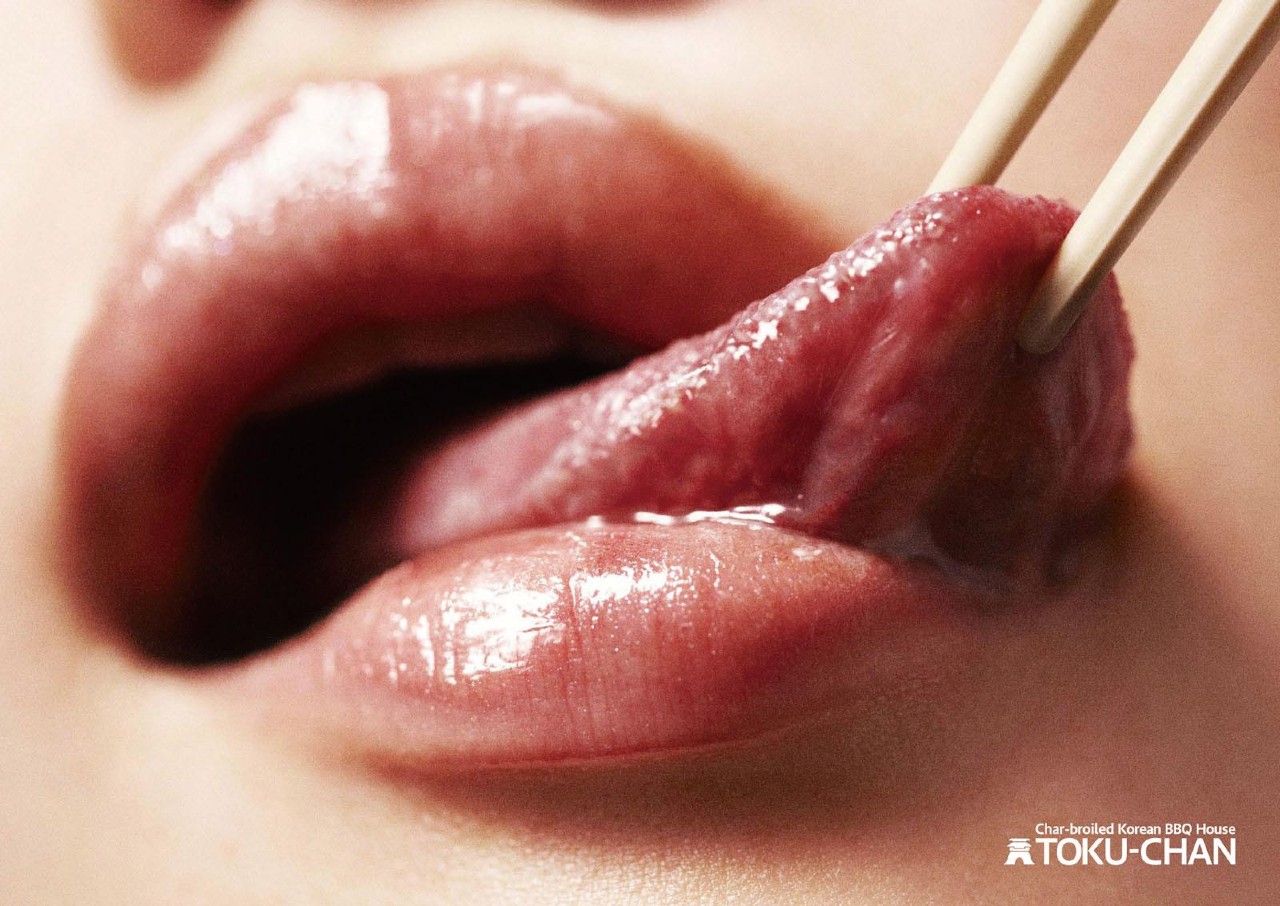
While we’ve tried to highlight many quirks in Japanese advertising, it’s important to remember that there are probably more similarities than differences than you realise. Even for us, capturing the intricacies of advertising in Japan is difficult to do and it’s important to distinguish between general overviews that can help you frame your understanding of the market and actual data-backed insights that will provide your campaigns with the kind of structure and direction you need in real time.
While ads produced here might seem quite different for the uninitiated, you’ll probably feel that commercial content in any foreign country, especially in Asia, takes on a slightly different look and feel. Spanish ads will certainly look different from US ads, which will also look quite different from Korean or Chinese ads.
For global brands looking to gain a foothold in Japan, it’s important to work with professionals who have first-hand experience advertising in the Japanese market. And as important as it is to think outside the box and come up with wacky and bizarre advertising concepts, it’s probably more important to learn what the rules generally stay within the lines.
Making bold moves in any particular direction when entering Japan for the first time or failing to localize your campaigns with the help of local experts is the fastest way to tank your market entry process.
So, our final tip is to focus your energy on finding a local partner or agency that can help you achieve more clarity about what is needed to create a memorable connection with your audience within the context of Japanese consumer preferences.
Advertising in Japan FAQs
What is advertising like in Japan?
Advertising in Japan stands out for its unique approach, emphasizing cuteness and innocence over the masculinity often found in US ads. Japanese ads connect strongly with consumers by showcasing traits like shyness and animal adorability, while also incorporating popular fantasy elements from animation and manga. Moreover, symbolism and seasonal marketing resonate with audiences, aligning promotions with holidays. Unlike Western markets, Japanese advertising avoids aggressive sales tactics, instead focusing on providing rewarding experiences without overtly promoting products. While technical content is valued and presented transparently, brand awareness ads take a more abstract approach, emphasizing emotional connection over direct promotion. These cultural nuances contribute to the distinctiveness of advertising in Japan compared to the West.
Where can I advertise in Japan?
Advertising in Japan primarily thrives on mobile platforms, where activities like online searches and purchases are predominantly conducted. Major social networking services such as Line, YouTube, Twitter, Facebook, and Instagram offer extensive reach to diverse audiences. Notable online advertising categories include paid search, display, video, and affiliate advertising. To capitalize on Japan’s dynamic advertising landscape, it’s essential to utilize sophisticated ad platforms on social media and search engines like Google and YouTube.
Can you advertise on LINE Japan?
Yes, advertising on LINE in Japan is not only possible but also highly effective. LINE, Japan’s leading social network and messaging app, boasts over 70% smartphone penetration and serves as a vital tool for connecting with Japanese consumers and there is an advantage of targeting various audiences from young to old. With a user base of over 95 million and a staggering 85% daily active users, LINE offers unparalleled opportunities for businesses to engage with their target audience. There are various ad formats available on LINE, including placements in chat logs, timelines, direct messages, news feeds, and even through sponsored stickers and stamps. Each format offers unique ways to interact with users, ensuring that your brand message reaches its intended audience effectively. While utilizing LINE for advertising may require understanding its distinct user dynamics, the platform’s vast reach and engagement levels make it a compelling choice for businesses looking to tap into the Japanese market. If you’re considering advertising on LINE but need guidance or assistance, feel free to reach out to us for personalized advice and support!
What are the laws for advertising in Japan?
Advertising in Japan is governed by several important laws and regulations aimed at ensuring fairness, accuracy, and consumer protection:
1. Regulation of Misleading Representations: The Act Against Unjustifiable Premiums and Misleading Representations prohibits deceptive advertising practices and mandates truthfulness in all promotional materials. Avoiding the use of superlative terms and focusing on fact-based claims is essential.
2. Transparent Pricing: Legislation mandates clear and honest pricing practices, discouraging tactics such as inflating past prices or making misleading predictions about future prices.
3. Prohibition of Stealth Marketing Tactics: Stealth marketing, which deceives consumers into making purchasing decisions without realizing they are being influenced by advertising, is prohibited. Engaging in covert product placements or disguised advertising on social media platforms is discouraged to uphold consumers’ freedom of choice and decision-making.
4. Stringent Requirements for Cosmetics Labeling: Cosmetics labeling regulations under the Pharmaceutical Affairs Act mandate clear and accurate information in Japanese, including a full list of ingredients. Misleading or deceptive marketing claims are strictly prohibited under these regulations.
5. Oversight of Food Product Marketing: Regulation under the Health Promotion Act aims to promote public health by regulating claims made in food advertising, particularly those related to health benefits or specific outcomes. Advertisers must substantiate any health-related claims with verifiable evidence.
6. Regulation of Healthcare Product Promotion: The Act on Pharmaceuticals and Medical Devices prohibits the dissemination of false or exaggerated claims regarding the name, effect, or efficiency of pharmaceuticals and medical devices. Advertisements must provide accurate and truthful information about the products without misleading consumers.
Navigating these legal frameworks is essential for businesses engaging in advertising activities in Japan. Seeking professional legal counsel is strongly advised to ensure compliance and mitigate the risk of legal consequences. By adhering to these regulations, businesses can foster trust and credibility with consumers while navigating the dynamic landscape of Japanese advertising.
Why does Japan have so many ads?
Japan’s extensive advertising landscape is deeply rooted in its economic history and cultural dynamics. Traditional mediums such as television, newspapers, magazines, and radio have long played a central role in shaping consumer behavior and driving economic growth. This historical reliance on advertising, combined with the involvement of major agencies and celebrities, has led to a pervasive presence of ads across various media channels, particularly on television where they are seamlessly integrated into daily life.
Moreover, the advent of digital advertising has further expanded Japan’s advertising industry. Despite initial hesitance, the country has embraced digital platforms due to widespread internet access and high mobile device usage among its population. This shift reflects changing consumer habits and preferences, highlighting Japan’s ability to adapt to evolving trends in the advertising landscape.
Need help marketing your business in Japan? Let’s chat on how we can help.
Steal Our Best Ideas
Actionable insights straight from our data
Here are a couple of quick discoveries we’ve pulled from the data of our latest projects. Why? To help you make the changes you need to gain traction in the Japanese market! As an agency, we are always digging deeper and searching for those little yet significant tweaks that will push our clients to the next level of success. If you need a partner to help you identify and implement changes like these on a monthly basis, let us know!
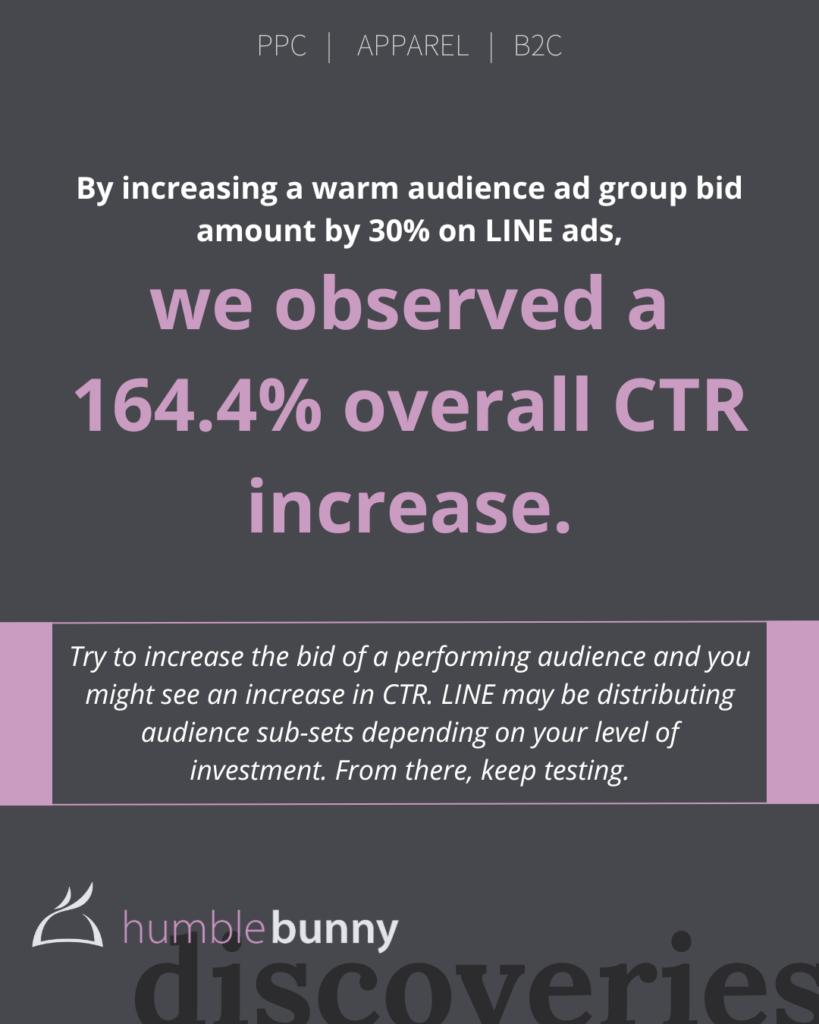
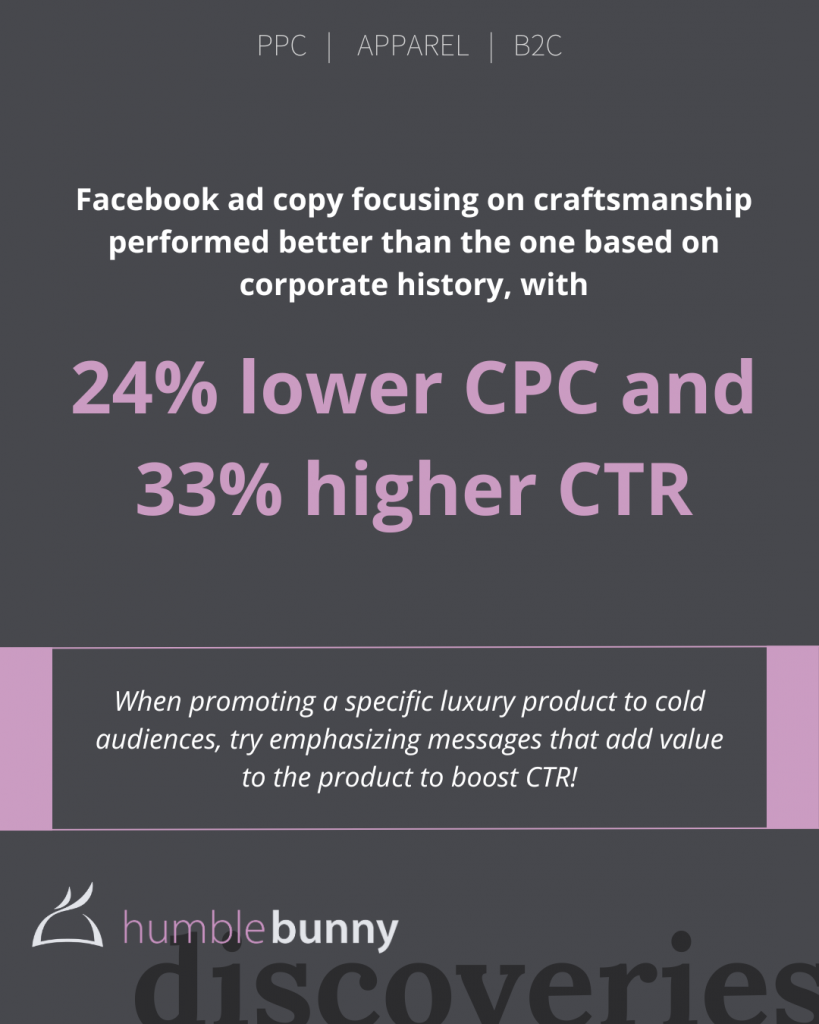
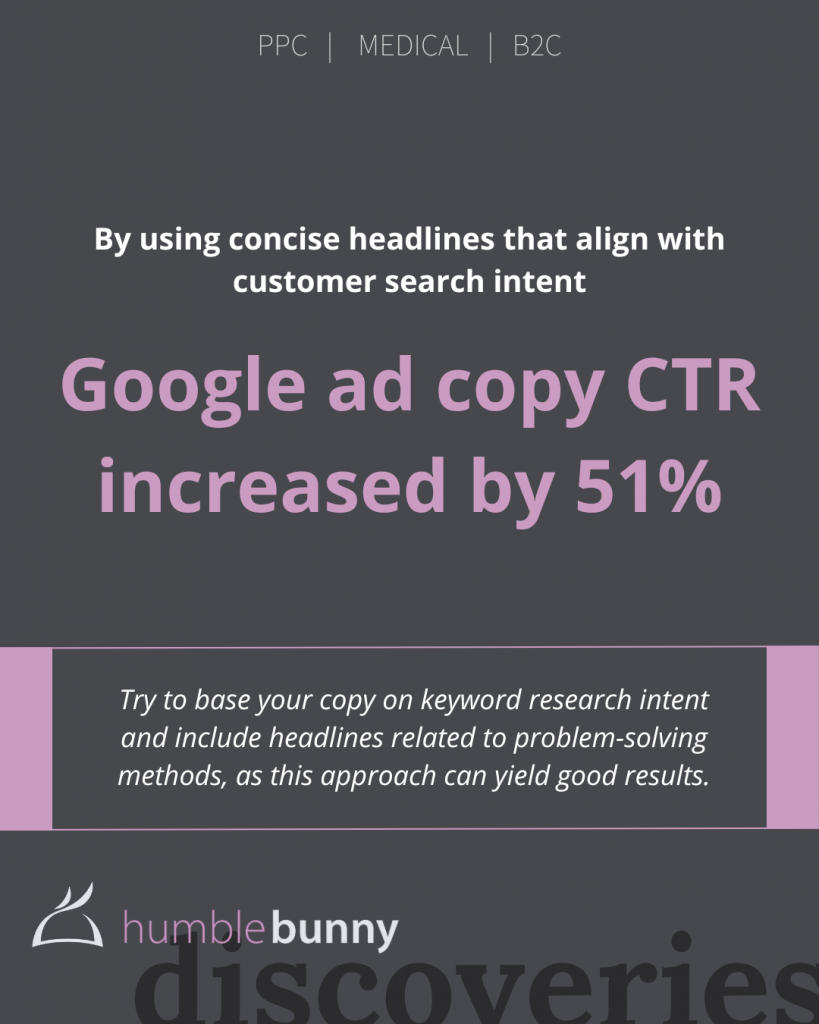
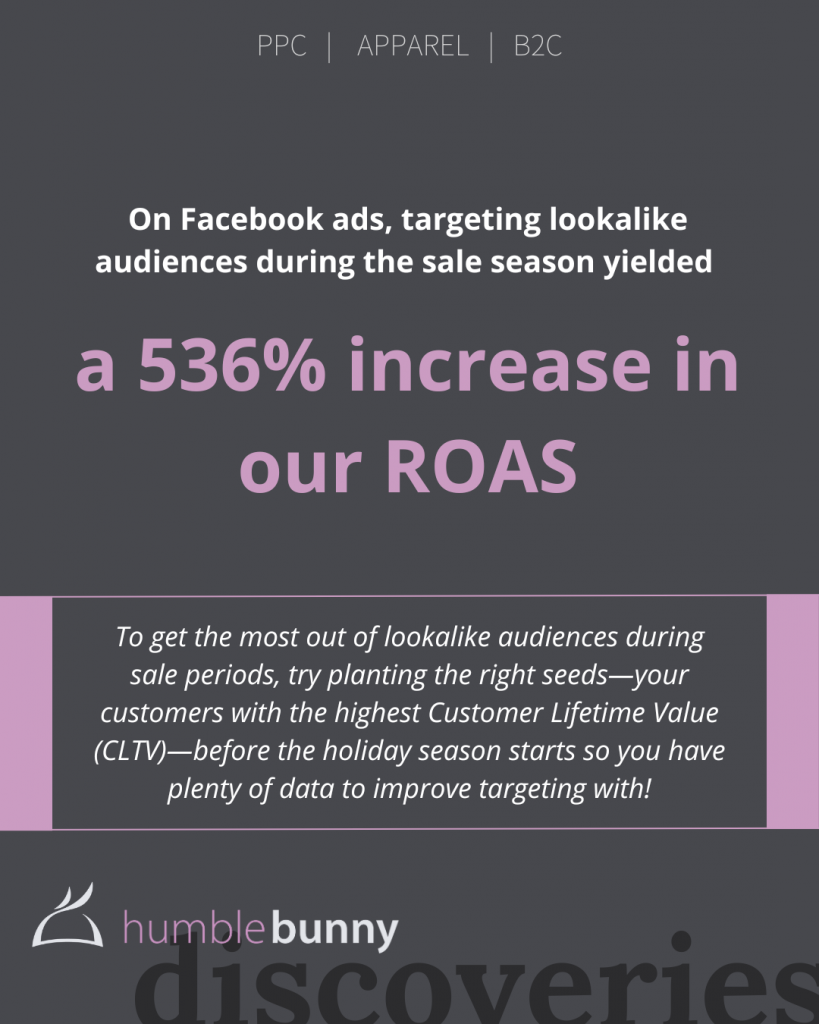
About the Authors & Voices in this Article
Jim KerseyLead Writer |
 |
Paolo RagoneEditor, Contributor |
 |